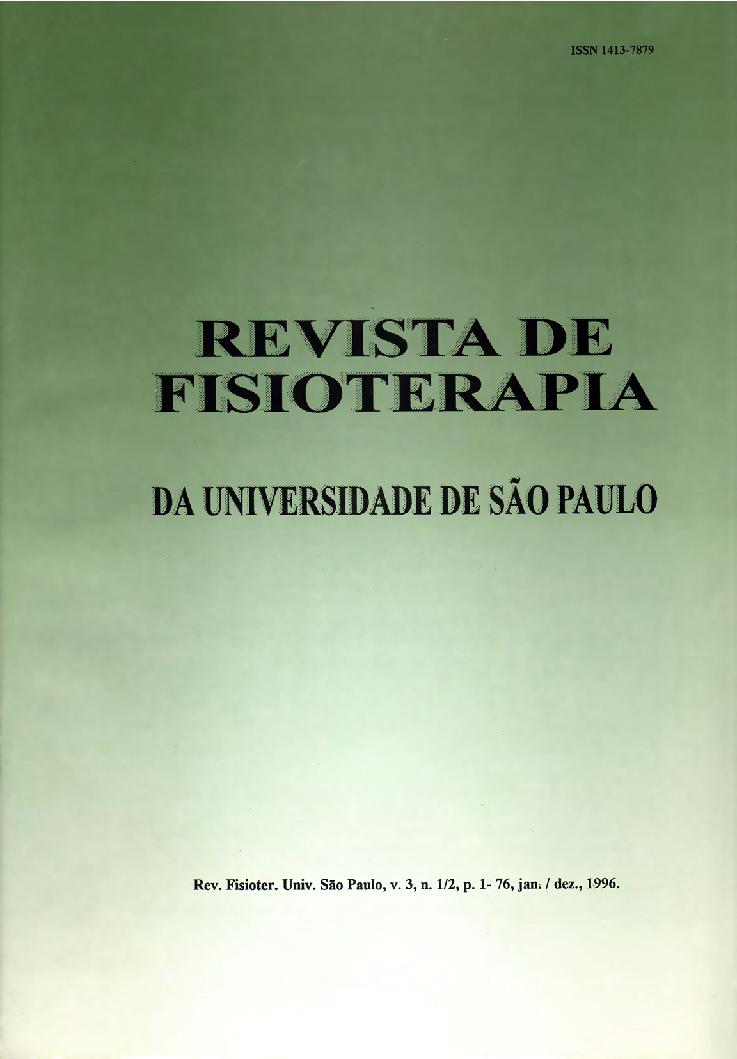Shoulder complex position in hemiplegia
DOI:
https://doi.org/10.1590/fpusp.v3i1.75510Keywords:
Hemiplegia, therapy, Shoulder dislocation, Physical therapy, Cerebrovascular disordersAbstract
Clinical observations indicate that the resting position of the scapula and humerus are altered in both the flaccid and spastic stage of recovery following Cerebrovascular Accident contributing to upper extremity pain and dysfunction. The purpose of this study was to compare scapular and humeral position between the affected and non-affected side in two groups of hemiplegic subjects, one with low tone or flaccid paralysis and the other with high tone or spasticity. Thirty-four hemiplegic subjects (17 in each group), participated in this study, ranging in age from 41 to 89 years. The 3Space Isotrak, an electromagnetic device, was used to obtain the tridimensional coordinates of bony landmarks located on the scapula, humerus and vertebral column. Data were collected with subjects seated on a stool with arms relaxed by the side. Linear and angular measures of scapular and humeral orientation were calculated from the co-ordinates. In the low tone group, scapular abduction angle (AbSc) was significantly lower on the affected side compared to the non-affected side. The scapula was further from the midline and lower on the thorax. No significant difference was found in the abduction angle of the humerus (AbH) or in the humeral angle relative to the scapula (HRel). No significant differences were found between the affected and non-affected sides in either the angular or linear measures of scapular and humeral orientation in the high tone group.Downloads
Download data is not yet available.
Downloads
Issue
Section
Articles
How to Cite
Shoulder complex position in hemiplegia. (1996). Fisioterapia E Pesquisa, 3(1), 14-27. https://doi.org/10.1590/fpusp.v3i1.75510



